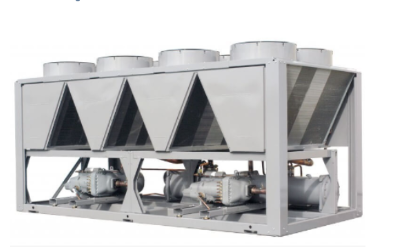For Energy Efficiency and Retrofits:
How Non-Profits Can Use the 179D Tax Deduction
For Energy Efficiency and Retrofits:
How Non-Profits Can Use the 179D Tax Deduction
The Inflation Reduction Act (IRA) of 2022 has brought some significant changes to the federal tax incentives for energy-efficient commercial construction, especially for nonprofit organizations. The IRA has expanded the Section 179D tax deduction to include nonprofits, increased the deduction amount, extended it for 10 years, and simplified it for smaller projects. These provisions can help nonprofits reduce their energy costs and carbon footprint when upgrading or building new facilities.

Section 179D is a tax deduction that allows taxpayers to immediately deduct the cost of energy-efficient property installed on or in a building in the U.S. The deduction applies to three categories of property: lighting systems, heating, ventilation, and air conditioning (HVAC) systems, and building envelope components. The property must meet certain energy-saving criteria based on industry standards.
Before the IRA, Section 179D was only available to taxable entities that owned or leased commercial buildings. Nonprofits were excluded from claiming the deduction directly because they do not pay federal income taxes. However, now they can allocate the deduction to a third party that designed or installed the energy-efficient property on their behalf, such as an architect or contractor. This will result in a significant reduction in project costs.
The IRA has also increased the deduction amount of Section 179D from $1.80 per square foot of building space to up to $5 per square foot. This means that nonprofits can deduct more of their costs when they install energy-efficient property on their buildings.
The IRA has also extended Section 179D for 10 years until December 31, 2033. This gives nonprofits more time and certainty to plan and execute their energy efficiency projects.
Finally, the IRA has simplified Section 179D for smaller projects by allowing taxpayers to use prescriptive methods instead of performance-based methods to determine if their property meets the energy-saving criteria. Prescriptive methods are based on predefined specifications that are easier to follow than performance-based methods that require complex calculations and modeling.
The new provisions in Section 179D in the IRA can benefit nonprofits by helping them save money on their energy bills, improve their environmental performance, enhance their comfort and safety, and increase their property value. By taking advantage of this opportunity, nonprofits can make a positive impact on their communities and support a cleaner and more resilient energy future.
Contact PowerGreen Capital today to discuss if the 179D deduction is a good fit for your project.
Non-Profit Building Owners > Benefits | C-PACE | Tax Incentives | ITC for Renewables | 179D for Energy Efficiency

